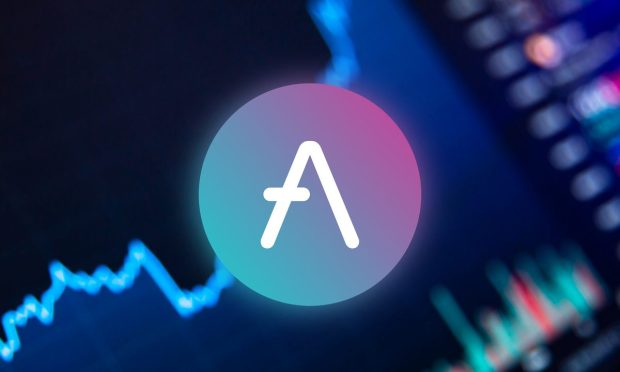DeFi Lending Protocol Aave Takes Real World Assets As Collateral

For all the talk of DeFi changing the financial world forever, the reality is that decentralized finance is largely a closed system. For the most part, cryptocurrency owners put up their crypto as collateral for loans in dollar-pegged stablecoins, then use them to invest in DeFi projects.
The closed loop opened a little Tuesday (Dec. 28) when the Aave lending protocol announced a deal with decentralized financing protocol Centrifuge that will allow small and medium enterprises (SMEs) to access the liquidity available in cryptocurrency markets, by tokenizing real-world assets like freight invoices, bridge loans, trade receivables and the like, and then use those tokens as collateral.
See also: PYMNTS DeFi Series: What is Yield Farming and Liquidity Mining?
“The RWA Market bridges the regulated world of TradFi to the trustless world of DeFi,” Centrifuge developer End Labs’ Co-founder Lucas Vogelsang said. “It’s a huge step for the Aave Protocol.”
Investors have locked more than $12 billion into Aave lending pools, making it the third-largest DeFi project by total value locked (TVA).
Building a bridge between real-world businesses and DeFi capital, the new product “will allow Aave depositors to earn yield against stable, uncorrelated real-world collateral and will allow Centrifuge Issuers to stake collateral and borrow from the market … across a wide variety of asset classes, ranging from bridge loans to inventory and revenue-based financing,” said End Labs CEO Jason Jones. The company also works with Maker, the largest DeFi protocol.
Real World, Real Complexity
While the new “TradFi” loans represent the first steps in what could be a huge expansion of DeFi’s influence, they also offer a lot more complexity from a crypto lender’s perspective.
In a traditional DeFi loan the collateral offered is a cryptocurrency. And while they are highly volatile, at least the lender (in theory) understands the basics of the crypto market and the particular cryptocurrency accepted as collateral.
Taking a look at the collateral categories offered by Centrifuge makes very clear that a whole new skill set is needed to effectively judge risk.
Read more: PYMNTS DeFi Series: DeFi’s Very Real Risks
There are seven categories of collateral, offering different interest rates:
Real estate bridge loans 4%
Revenue-based financing 5%
Branded inventory financing 5%
Cargo and freight forwarding invoices 6%
Trade receivables 7%
Fintech debt financing 8.5%
Emerging market consumer loans 10%
Beyond that, entering the real world brings with it a whole lot of institutions that crypto investors may not be familiar with, such as lawyers and judges. And the debt comes in senior and junior tranches, with the latter trading more risk for greater rewards.
DeFi is built on self-executing smart contracts into which the funds in a transaction are locked upon its creation. When certain conditions are met, the contract pays out. Given the pseudonymous nature of cryptocurrency ownership — often all you know about the other party is a digital wallet address — there is no backing out, no changing the terms and rarely any recourse available to aggrieved parties. “Code is law” is the industry shorthand.
Read more: PYMNTS DeFi Series: What Is a Smart Contract?
Another thing is that crypto transactions tend to have instant resolutions — the 10 to 20 seconds the Ethereum blockchain takes between the blocks of information added to the chain is considered far too long to be scalable, to say nothing of Bitcoin’s 10 minutes. Lawyers, on the other hand, work in months and years.
